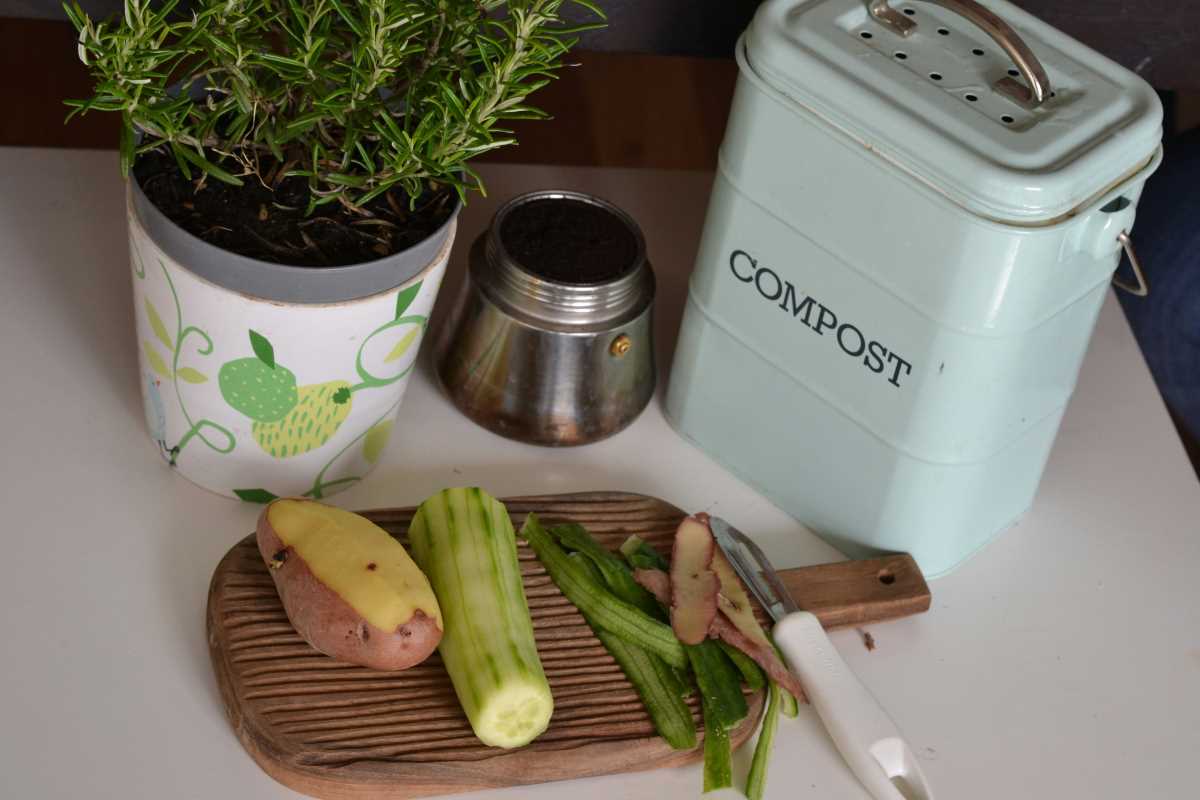Living in urban areas often makes gardening seem like a daunting task, but a bit of imagination can transform limited spaces into thriving green havens. One clever solution to make the most of your gardening efforts in city settings is by crafting a vertical compost tower. This innovative approach not only conserves valuable space but also turns organic waste into nourishment for your plants, supporting a more sustainable way of living. If you're an eco-conscious gardener eager to enhance your urban oasis, this guide will walk you through the steps of building a vertical compost tower using repurposed materials, making it an ideal project for those committed to environmental stewardship.
Understanding Vertical Compost Towers
Vertical compost towers are innovative systems that efficiently decompose organic waste by utilizing vertical space. This design particularly benefits urban gardeners who often have limited ground space. By stacking composting containers vertically, you create a scalable solution that fits into balconies, rooftops, or small backyards.
- Space Efficiency: Use vertical space to compost without taking up valuable ground area.
- Faster Composting: Enhanced aeration and moisture control speed up the decomposition process.
- Convenience: Easy access for adding materials and harvesting compost simplifies maintenance.
- Reduced Odors: Properly managed compost towers limit unpleasant smells, making them suitable for urban environments.
- Aesthetic Appeal: A well-designed tower can serve as an attractive feature in your garden space.
Gathering Upcycled Materials
Building a vertical compost tower doesn't require expensive materials. By using upcycled items, you save money and contribute to reducing waste. Here's how to gather the necessary materials:
- Collect Used Plastic Bottles or Drums: Look for sturdy containers from local recycling centers, community groups, or online marketplaces. Ensure they are clean and free from harmful chemicals.
- Gather Old Wood Pallets or Planks: These can serve as the framework for your tower and are often available for free from warehouses, hardware stores, or community projects.
- Find Recycled Mesh or Netting: This material provides ventilation and prevents pests from invading your compost. Check salvage yards or use old gardening nets.
- Source Screws, Nails, and Hinges: Visit salvage yards or reuse stores for hardware suitable for assembly. Ensure all fasteners are rust-resistant for longevity.
- Collect Used Tools: Ensure you have basic tools like hammers, screwdrivers, and drills, which you can often borrow from neighbors or find second-hand.
Step-by-Step Guide to Building the Tower
Follow these detailed steps to assemble your vertical compost tower:
- Prepare the Base Structure: Arrange the wood pallets or planks into a stable, vertical frame. Use screws and nails to secure them together, forming a solid foundation that can support the weight of the compost.
- Attach the Containers: Stack your collected plastic bottles or drums vertically onto the frame. Ensure each layer is securely fixed and aligned to maintain the tower's stability.
- Install Ventilation Mesh: Wrap recycled mesh around the sides of the containers to provide airflow and keep pests out. Use hinges if you want easy access for turning the compost regularly.
- Create Air Holes: Drill small holes at the bottom of each container to facilitate drainage and aeration, enhancing the composting process by allowing excess moisture to escape.
- Add Organic Material: Begin layering your compost with green materials (like vegetable scraps and coffee grounds) and brown materials (such as dried leaves and newspaper) to start the decomposition process.
- Secure the Tower: Ensure the entire structure is stable and can withstand environmental elements like wind or rain by reinforcing connections where necessary.
- Position Your Tower: Place the compost tower in a convenient location within your urban garden where it can receive partial sunlight and easy access for maintenance.
Maintaining Your Compost Tower
Proper maintenance is crucial for an efficient composting process. Here are some tips to keep your vertical compost tower in top condition:
- Regular Turning: Every few weeks, turn the compost using a pitchfork or similar tool to aerate the mixture and speed up decomposition.
- Monitor Moisture Levels: Keep the compost damp but not soggy. If it's too dry, add water; if too wet, incorporate more brown materials like shredded paper.
- Balance Materials: Ensure a balanced mix of green and brown materials to maintain proper decomposition and avoid foul odors. Aim for a ratio of roughly 2 parts brown to 1 part green.
- Prevent Pests: Regularly check for and remove any pests. The mesh and proper maintenance should keep most unwanted visitors at bay.
- Harvesting Compost: After a few months, when the compost is dark and crumbly with an earthy smell, harvest it and use it to enrich your urban garden soil.
Enhancing Your Urban Garden
Incorporating a compost tower recycles waste and significantly contributes to your overall sustainability. By producing your own nutrient-rich compost, you reduce the need for chemical fertilizers and improve soil health, leading to healthier plants. Integrating a compost tower into your urban garden design can inspire others in your community to adopt eco-friendly practices, creating a collective effort towards a greener environment.
The compost produced can be used to enhance flower beds, vegetable plots, or even potted plants, ensuring your entire garden grows sustainably. By maintaining a compost tower and integrating it into your garden ecosystem, you bring multiple benefits, from soil enrichment to reducing household waste. This small but impactful addition can improve your urban gardening experience, making it more rewarding and environmentally friendly.
Build a vertical compost tower to optimize space and embrace sustainable living, creating a thriving urban garden. Start today!
 (Image via
(Image via





